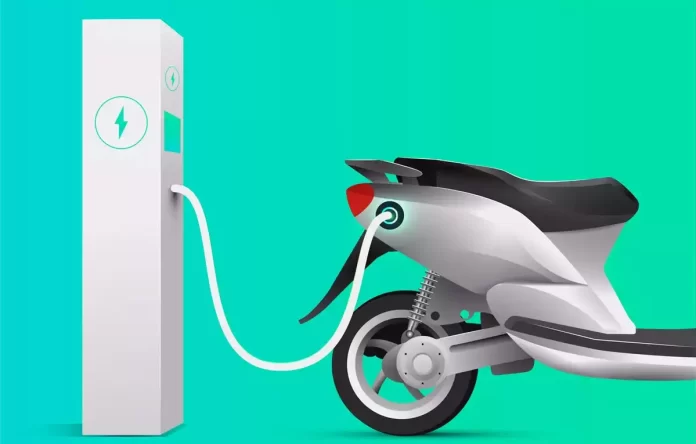Author: Rajendra Malhotra, Managing Director of mXmoto
India’s Electric Vehicle (EV) market of India is expected to reach $37.70 billion by 2028, with 44 million vehicles on road by 2030. The government is promoting EV adoption through tax incentives, subsidies, and the Faster Adoption and Manufacturing of Hybrid and Electric Vehicles (FAME) scheme.
The year 2023 has further intensified hopes in this segment, with 15,29,614 registrations of EVs, which is 49% more than the previous year. A recognizable presence of OEMs, a large domestic market, and the availability of qualified engineers and a workforce are potential factors that will accelerate the growth of the EV industry in India. On the demand side, fully loaded with advanced features, new-generation EVs are gradually piquing consumers’ interest and motivating them to drive into a green mobility era.
Electric two-wheelers, the fastest-growing segment in clean mobility, are enticing performance-savvy consumers of India as these bikes offer them quick acceleration, high breaking power, and controlled rides. These new-generation bikes are also helpful in saving consumers’ money by eliminating the need for engine oil, clutches, timing belts, and spark plugs. However, the charging infrastructure is still limited, especially in the outskirts, and it is a challenge that should be addressed through effective public-private collaborations.
Challenges Encountered
India currently has 1640 active public EV chargers, but this number is expected to rise as the population grows. The transportation industry contributes to 10-14% of India’s greenhouse gas emissions, making a comprehensive charging infrastructure crucial. A robust charging infrastructure is crucial for promoting electric vehicle adoption, as range anxiety and lack of nearby charging options are significant barriers.
Across the country, conductive charging technology is prevalent. Still, there’s a growing need for high-power DC chargers, which require a high electricity supply and provide faster charging to electric vehicles. Therefore, fast charging stations in metropolitan areas are crucial for urban residents, while ultra-fast charging is vital for long travels.
Other pertinent issues in the charging infrastructure should also be dealt with through effective policies and strategies. Lack of charging gun standardisation (interoperability), grid capacity and stability, non-uniform electricity supply codes across states and UTs, long processing time, and investment in land acquisition are the major issues which need to be addressed on a priority basis.
Opportunities Explored
Indeed, the sector has witnessed a silver line as the government came out with many constructive measures in the recent past. The de-licensing of EV charging stations/installations to prioritize infrastructure development is a significant step in this direction. Permits for private charging stations in residential areas and offices have been extended and individuals are allowed to easily contact local or state nodal agencies. Permission of charging points in public places like malls, housing societies, office complexes, restaurants, and hotels is a great support to reinforce the charging infrastructure. Moreover, the government’s decision to make charging stations mandatory in public parking lots and gas stations over 5,000 square meters resulted in a significant increase in charging stations across the country.
The partnership among stakeholders has been marked as a potent solution to resolve charging issues. In this regard, partnerships between charging station operators and electric vehicle (EV) manufacturers are crucial for the growth and success of the EV ecosystem. Several charging station operators have partnered with EV manufacturers to expand charging infrastructure, providing convenient access to charging facilities for customers. Renewable energy sources like solar energy are also used by many charging station owners, reducing their carbon footprint and addressing power shortages in some regions.
SMEs in the sector are also preparing to establish electric vehicle charging stations due to rising demand, and banks and NBCs are offering them loans for this purpose. Battery swapping technology is another important facilitator in this direction, which allows depleted batteries to be replaced with fully charged ones, reducing manual labour and accelerating the charging process.
Towards a positive scenario
India’s transition towards an electric future could be driven by strategic investments, insightful policies, and collective will. Unquestionably, a robust charging infrastructure boosts consumer confidence, creates economic opportunities, and stimulates the EV industry’s growth. As the charging station market evolves, innovative trends emerge, attracting investments and technology development.








